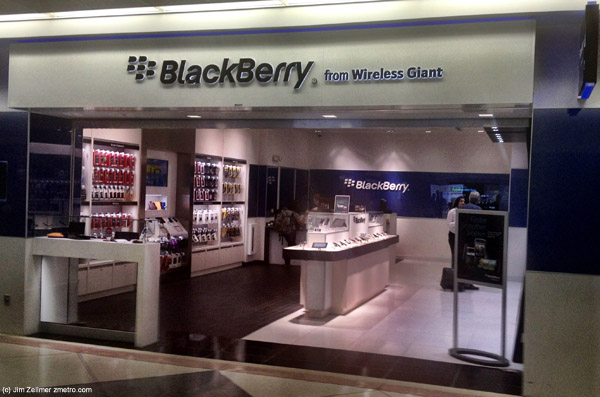Owen Linzmayer and Ryan Singe:
One of the things the world will miss most about Steve Jobs, now that he’s officially retired for a second time as Apple’s CEO, is his mouth.
Jobs is a master of hype, hyperbole and the catchy phrase — and his cocky performances, while clad always in jeans and turtleneck, were as entertaining as the products he was shucking.
Here’s a selection of some of the most entertaining things the man has said, organized by topic: innovation and design, fixing Apple, his greatest sales pitches, life’s lessons, taking the fight to the enemy and Pixar.
On Android vs. iOS
“It is worthwhile to remember that open systems don’t always win. Open versus closed is a smokescreen. Google likes to characterize Android as open and iOS as closed. We think this is disingenuous.”
— In October 2010, talking to analysts about the challenge from Google’s Android, which Apple perceived as a stab in the back by Google’s then-CEO Eric Schmidt — a member of Apple’s board of directors. Hark Oct. 18, 2010.
“Don’t be evil is a load of crap.”
— In January 2010 townhall with Apple employees, Jobs tore into Google for getting into the smartphone business, saying Google got into smartphones, and Apple didn’t get into search. Wired Jan. 30, 2010.
